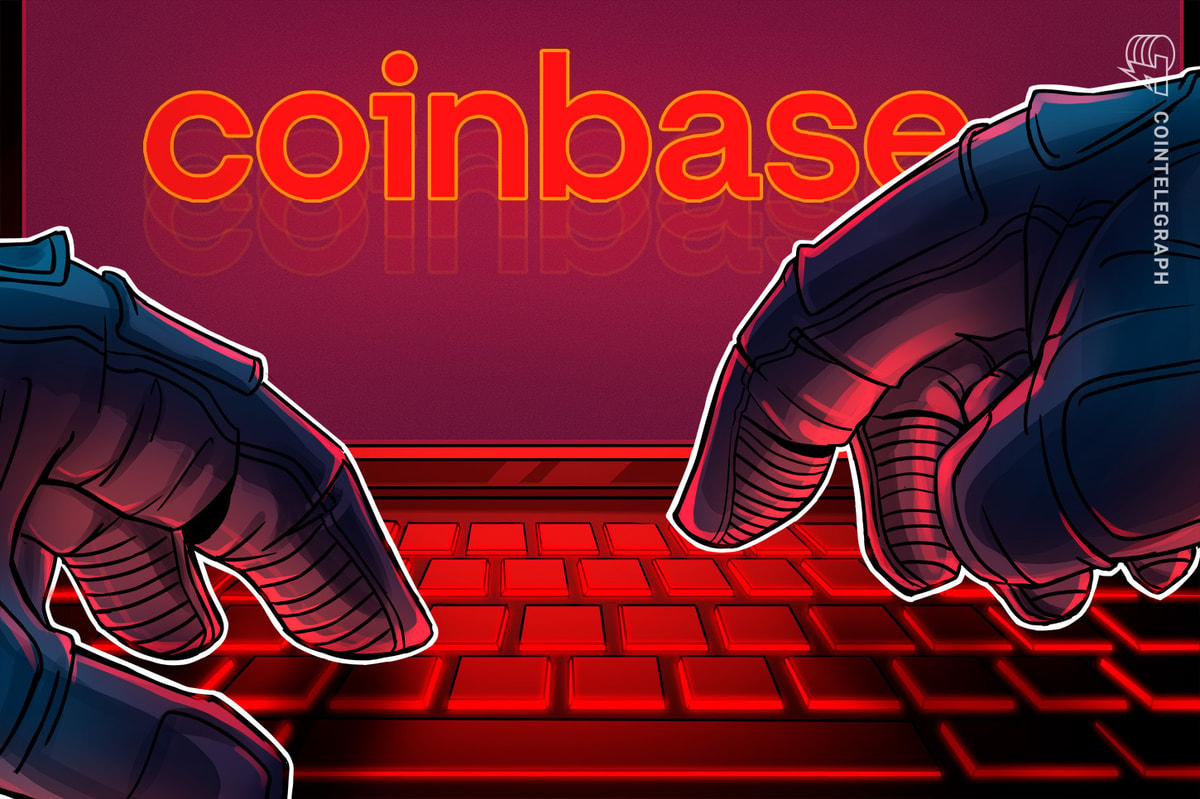Decentralized finance (DeFi) was established to transform financial services so that anyone, no matter where they live or their status, can enjoy the benefits of financial sovereignty. However, before it can achieve its mission, it must first tackle the complexity, that deters millions of potential newcomers from using DeFi protocols.
One critical problem is the poor user experience and complicated interfaces that plague onboarding and make services inaccessible to a mainstream audience.
Onboarding and usability are key areas that hinder mass adoption. Even without the KYC (Know-Your-Customer) requirements, DeFi’s multi-step onboarding process puts services out of reach of most people. Wallet creation and the need to purchase crypto assets to load up these wallets make non-native users more hesitant to dive into valuable services such as lending, trading, and yield farming.
How to simplify the user experience in DeFi?
While active crypto market participants are well served, the key challenge is attracting those who are not yet into cryptocurrencies.
The second generation of DeFi applications should pay special attention to user experience and work on converting all technical aspects of it into easy-to-use processes.
One example of the disruptive potential of simplifying the user experience is the transition from a command-line interface (CLI) of old computers to the graphical user interface (GUI) of modern machines. First proposed by the Xerox PARC team and later promoted by Steve Jobs and his team at Apple in the 80s, the desktop and mouse completely revolutionized computers, making them easy for anyone to use because all the tricky processes were hidden and managed through an intuitive interface.
A similar approach should be implemented by DeFi protocols, offering the general public a seamless experience delivered at the click of a button, that hides the technical intricacies.
Some DeFi projects are already developing user-friendly applications to boost crypto adoption. One of the most relevant examples is Divi, a yield-generating DeFi protocol that is working on adding support for token swaps, non-fungible tokens (NFTs), cross-chain interoperability, and other features to become a one-stop DeFi solution.

Divi has a proprietary proof-of-stake (PoS) blockchain and a native token (DIVI) that can be staked by users, but what sets this project apart is its focus on user experience.
The Divi DeFi protocol has been engineered for the mainstream user, implementing a range of technical, ease-of-use, and earning innovations to solve the issues of liquidity, usability, and sustainability that have plagued the market since its inception.
With Divi, the onboarding process is made easy. Users can take advantage of an intuitive interface which is also the approach Divi took when creating their noncustodial wallet solution, Divi Wallet. Users can send tokens without having to understand all the complex features behind the wallet, such as staking vaults, PoS transactions, mobile master nodes, private key security, etc. To send crypto, wallet owners can tap their friend’s username, phone, or email instead of confusing addresses.
Besides the wallet, Divi has managed to scale its staking process by simplifying node creation. Divi Nodes are powered by proprietary patented mobile technology, enabling users to deploy a node on the cloud within seconds in a self-custodial fashion.
What’s more, Divi has developed an innovative cross-chain staking functionality that can serve as an additional DeFi mechanic for users. Designed to enhance the interoperability features between Divi and other chains, cross-chain staking offers users higher rewards and deeper liquidity. It also allows for more decentralized and secure validation of transactions, as stakers on one chain can help secure yield on another chain.
The way cross-chain staking works is simple. Users first provide liquidity to the DIVI/ETH liquidity pool for which they receive LP tokens. These tokens are then staked at the Divi DeFi Farm, and users receive cross-chain eDivi staking rewards from the Layer 1 blockchain in proportion to their LP tokens. You can check out the graph below for more information, or read up on cross-chain staking here.

Onboarding to help DeFi protocol stay resilient during market downturns
By focusing on the onboarding process and user experience, DeFi projects can guarantee an ongoing inflow of non-native crypto users, which, in turn, can help them stay afloat during prolonged bearish markets like the current ‘crypto winter.’
Improving onboarding and creating an intuitive interface for new users should become a priority for second-generation DeFi projects looking to scale operations and ensure a future-proof approach. Mass adoption is essential for an emerging market with big goals like DeFi.
Disclaimer. Cointelegraph does not endorse any content or product on this page. While we aim at providing you with all important information that we could obtain, readers should do their own research before taking any actions related to the company and carry full responsibility for their decisions, nor can this article be considered as investment advice.












